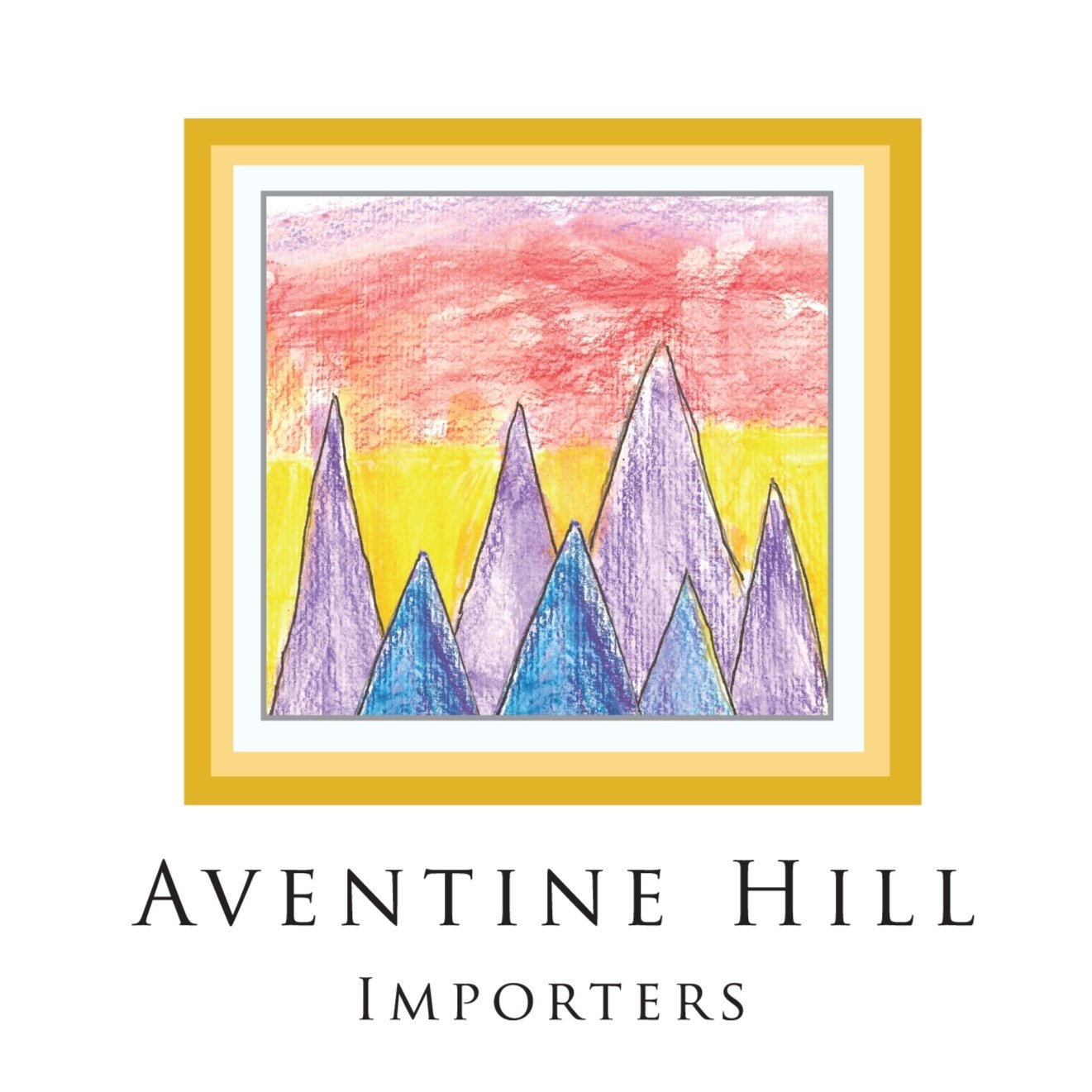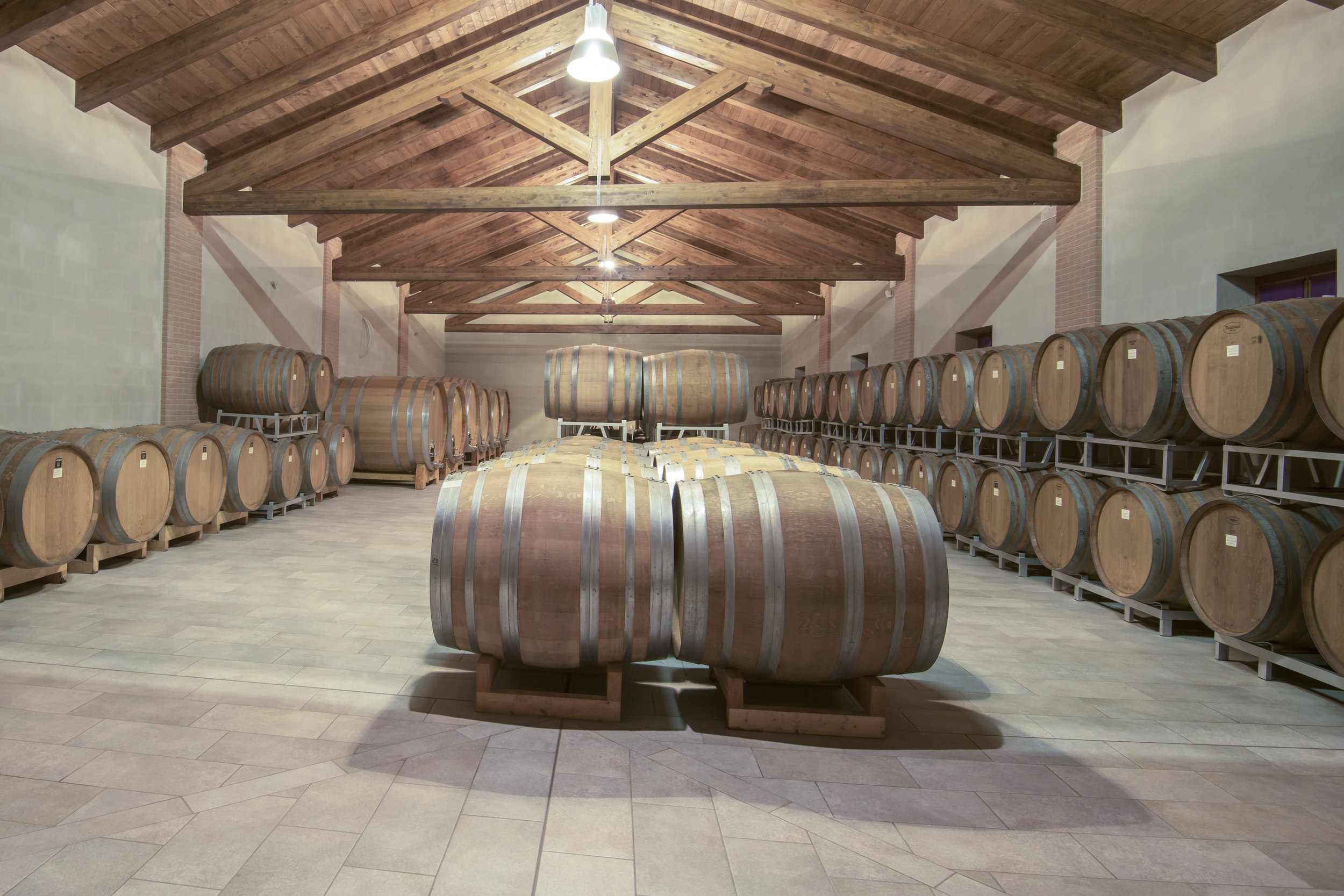GRIMALDI BRUNA WINERY
Over a half century ago, the grandfather of the present owners began to ferment a part of the grapes which he cultivated at Grinzane Cavour. He was later joined by his son, thanks to whose aid and assistance he was able to ferment the entire crop which he farmed. In more recent times, Bruna Grimaldi and her husband, Franco Fiorino, both trained oenologists, have joined the family firm and increased the overall vineyard surface to its current eight hectares (20 acres), acquiring vineyards in Diano d’Alba, Corneliano, and Serralunga d’Alba. Highly regarded professionals – agronomist Gianpiero Romana and winemaker Beppe Caviola – are now working with the estate in a project which aims at the highest possible quality and personality in the wines and a complete respect for the territory, the soil, and the microclimate, in which they are born.
Region: Piemonte
Barolo Camilla
Viticultural Details:
Camilla is made from a selection of grapes from the younger vineyards in Grinzane Cavour. The vines are planted since 2000 in soil that is calcareous, sitting at 250 meters above sea level. The vines are trained with the classic Guyot method and the exposure enhances this lovely wine.
Vinification and Maturation:
Made of course from 100% Nebbiolo grapes, the wine ferments in a traditional manner in stainless steel tanks with contact on the grape skins for two weeks. The wine ages in 130 gallon tonneaux for at least two years. After bottling, the wine is given a further period of bottle aging of at least eight months.
Tasting Notes:
Color: Brilliant garnet
Bouquet: Violets, raspberries, blackberry
Flavor: Full-bodied and velvety with luscious fruit, elegant and harmonious finish
Serving Suggestions: Roasts, stews, game, flavorful cheeses, chocolate
Nebbiolo d’Alba Bonurei
Viticultural Details:
The vineyard, located in the Farinetti area of Diano d’Alba, was planted over sixty years ago, in 1940 to be precise, and it yields a very small production of high concentrated, high quality Nebbiolo grapes. The elevation is approximately 300 meters above sea level. The soil is calcareous and the vineyard enjoys a perfect southern exposure for its Nebbiolo grapes.
Vinification and Maturation:
The harvest date for this “little brother” of Barolo is decided on the sugar level of the grapes, their acidity, and the ripeness and sweetness of the tannins (physiological maturity). The grapes are rigorously selected and placed in low, well ventilated packing cases, then immediately de-stemmed and pressed, and fermented in temperature-controlled stainless steel tanks. After the malolactic fermentation, the wine goes into small oak barrels and ages for at least a year. After bottling, it further ages for six months before release. After 2-3 additional years of bottle aging, this wine will get silkier.
Tasting Notes:
Color: Ruby red
Bouquet: Roses, raspberries, clove spice
Flavor: Full-bodied with a palate of dry cherries, berries, spice and sense of minerals with long finish and cleansing acidity
Serving Suggestions: Roasts and stews, game and flavorful cheeses
Arneis
Vinification and Maturation:
Grapes are gently pressed, low temperature fermented in order to enhance the fruity and floral aromas that generate during this process. The wine does not undergo malolactic fermentation.
Aging entails fine lees stirring for about a couple of months which confers softness and complexity to the wine. The wine is bottled at the beginning of the spring.
Tasting Notes:
Color: Lively straw yellow
Bouquet: White flowers, tropical fruits (pineapple, banana)
Flavor: Soft and creamy on the palate that make this wine enjoyable also when it is still young
Serving Suggestions: Appetizer, refreshing starters, fish, salad, creamy cheese.





